5th October 2019
Japanese
(c)2016 Shuzo Suito
On October 3, the Citizens’ Committee on Nuclear Energy, whose members include academics, technical experts, and NGOs, made a new proposal to deal with contaminated water from the damaged Fukushima Daiichi Nuclear Plant after the water has been treated. The proposal, submitted to Ministry of Economy, Trade and Industry (METI), the Ministry of the Environment (MOE), and the Nuclear Regulation Authority, is to convert the treated water to solid form by mixing with mortar, and storing it on land. Citizens'Comittee on Nuclear Energy (CCNE)
Discussion about land-based storage has finally begun
The Citizens’ Committee on Nuclear Energy has long taken the position that treated water from the so-called Advanced Liquid Processing System (ALPS) should not be released into the ocean. It has been proposing land-based storage using large tanks, an approach that has a proven track record for the storage of oil reserves.
In August 2018, at a hearing held by METI’s ALPS subcommittee, fisheries-related stakeholders and many other participants expressed the view that long-term land-based storage should be used for the treated water. In response, Chairman Kazuyoshi Yamamoto promised to consider the land based storage plan as an option, and the topic finally came up at the 13th sub-committee meeting, held on August 9, 2019.
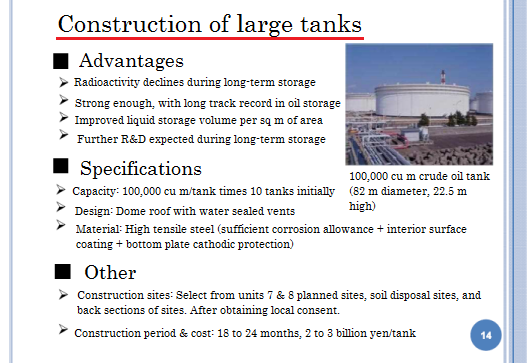
Figure 1 (Prepared by Yasuro Kawai, Citizens’ Committee on Nuclear Energy, for October 3, 2019 press conference)
However, Tokyo Electric Power Company (TEPCO) rejected the concept of large-tank storage, claiming that it takes three years to install each tank, that the efficiency of site utilization is not significantly different from that of tanks currently being used, that a floating roof design may result in rainwater mixing with the contents, and that there would be major volume of leakage in the event of damage to the tanks.
Those claims were rebuffed in a presentation by Yasuro Kawai of the Citizens’ Committee on Nuclear Energy (regulations subcommittee) at a press conference on October 3. He said that the installation of large tanks takes 1.5 to 2 years, that they actually improve the efficiency of site utilization, that a dome-shaped design could be used to prevent mixing with rainwater, that large tanks are robust and have a proven track record in oil storage, and that perimeter walls would be needed as a measure to prevent leakage.
Advantages and disadvantages of mortar solidification proposal
The proposal by the Citizens’ Committee on Nuclear Energy is to mix contaminated water with cement and sand to solidify it, then pour the mixture into concrete tanks and store it partially underground. Mr. Kawai described achievements using this approach at the Savannah River nuclear reservation in South Carolina, the United States.
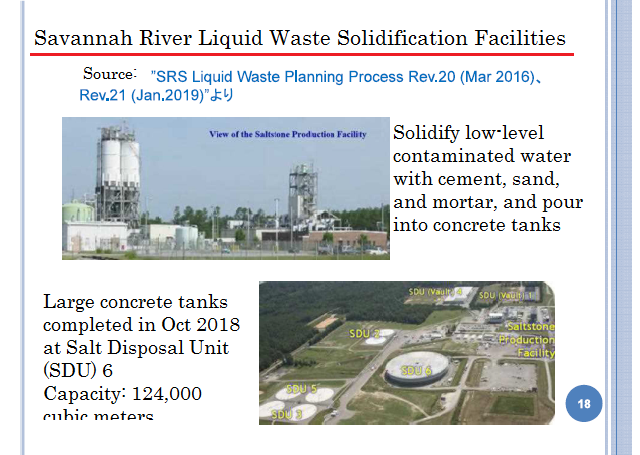
Figure 2 (Prepared by Yasuro Kawai, Citizens’ Committee on Nuclear Energy, for October 3, 2019 press conference)
The advantages are that no radioactive substances need to be released into the environment, and the approach works with existing technologies. Disadvantages include low volumetric efficiency and evaporation of moisture due to heat generation.
Local community consent would also be required, because the site would become a permanent disposal site.
Is there really a lack of space for onsite storage?
Media have repeatedly reported claims that onsite storage space will run out by the summer of 2022, but is that really true? According to documents from on September 27, TEPCO explained to the ALPS Subcommittee that the site has about 81,000 square meters reserved for temporary storage facilities for spent fuel and fuel debris.
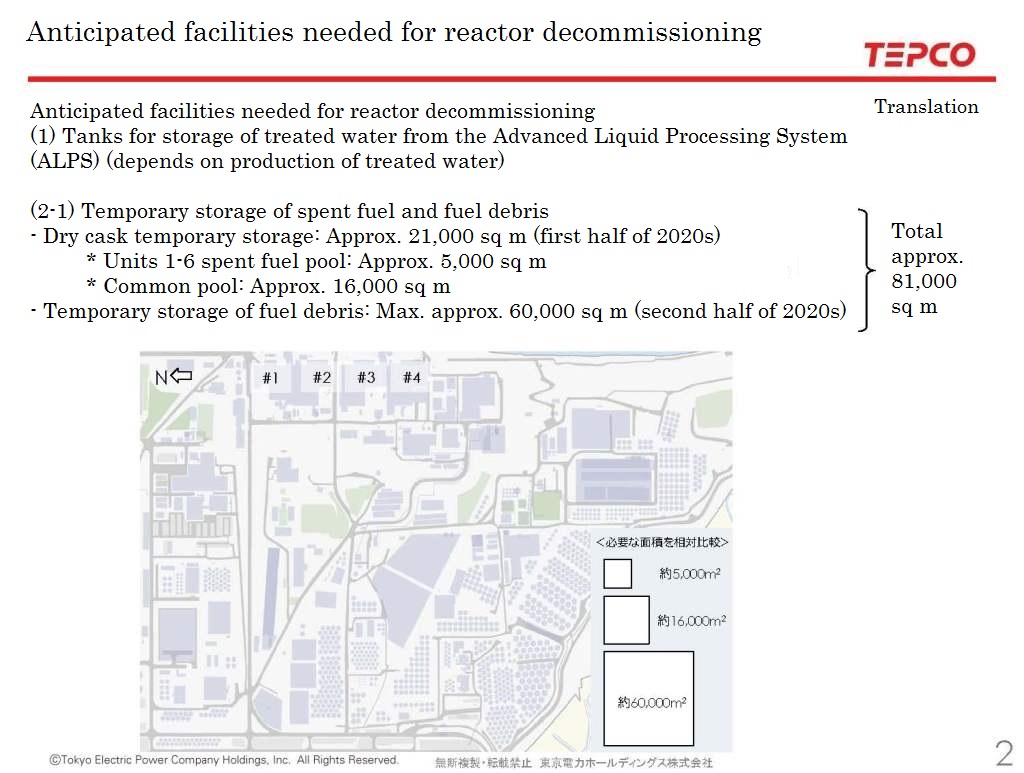
Figure 3 (Document 3, 14th subcommittee meeting on handling of ALPS treated water)
TEPCO also claims that in the first half of the 2020s, the site is required for facilities for analysis, mock-up facilities for fuel debris retrieval, equipment and material storage, and research facilities, etc.
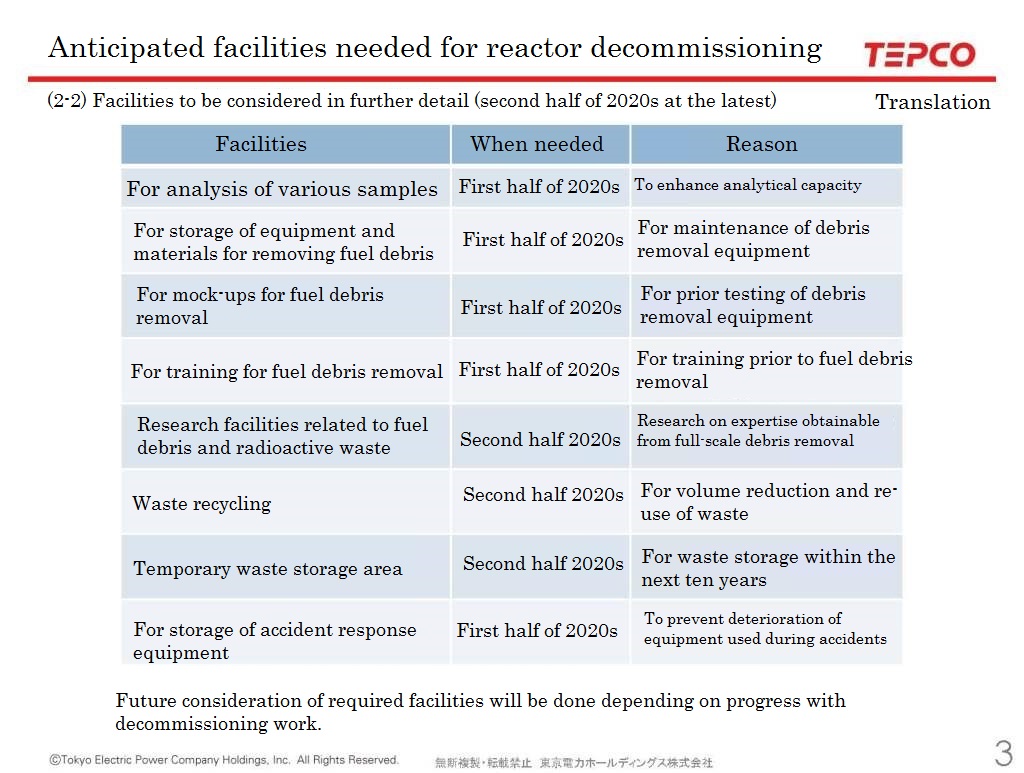
Figure 4 (Document 3, 14th subcommittee meeting on handling of ALPS treated water)
But is it realistic and necessary to attempt to remove fuel debris?
The location and condition of the fuel debris is not precisely known due to high radioactivity. An unreasonable effort to remove it will expose workers to a large amount of radioactivity.
The Citizens’ Committee on Nuclear Energy has proposed a “debris non-removal” option of keeping the debris isolated for 100 years, after which it would be dealt with, as one option that should be seriously considered, in order to avoid technical risks, enormous costs, and radiation exposure of workers.
Is it necessary to construct research facilities on the site?
Furthermore, at METI’s ALPS subcommittee, committee members have asked many questions, for example, about giving consideration to using sites where soil is currently being dumped, and expansion of the current site. In all cases, METI responded that such options were “difficult.” However, there was no evidence of any serious consideration having been made of whether or not the ideas raise were really possible.
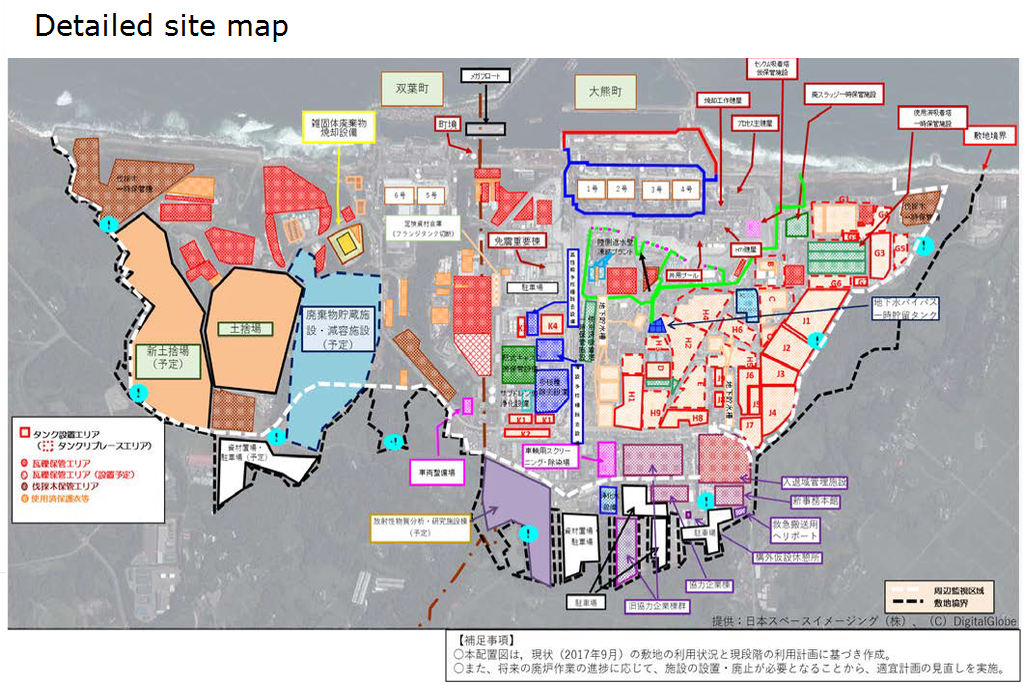
Figure 5
METI should immediately consider the land based storage proposal from the Citizens’ Committee on Nuclear Energy by setting up an ALPS subcommittee or a new committee.
By Kanna Mitsuta
Note: The above proposal was covered by Kyodo News, and Kahoko Shimpo news.
・Kahoko Shimpo: “Experts Propose Mortar Solidification for Treated Water from Fukushima Daiichi Nuclear Power Plant” (4-Oct-2019, in Japanese)
・Kyodo News: “Treated water should go into long-term storage and solidification treatment, says citizens’ group opposed to ocean discharge” (3-Oct-2019, in Japanese)
Related posts by FoE Japan (in Japanese unless noted)
・“FoE Japan objects to statement by Japan’s former Environment Minister: He undermined discussions on long-term storage of contaminated water at Fukushima Daiichi nuclear plant”
Japanese: https://www.foejapan.org/energy/library/190911.html
English: https://www.foejapan.org/en/energy/doc/190911.html
・“Big problems at the public hearing on contaminated water: Many speakers oppose ocean discharge”
・“Traces of nuclides other than tritium found in ALPS treated water: Basic premises of public briefing/hearing are undermined”

